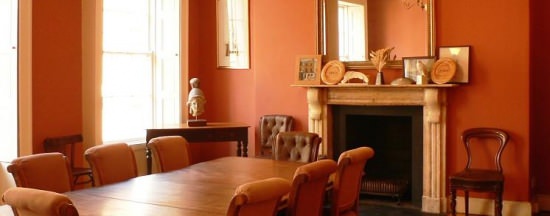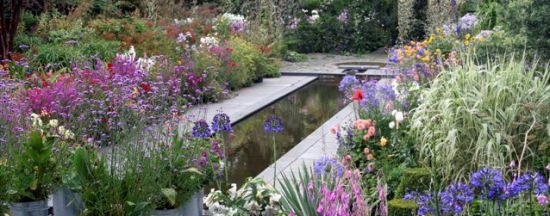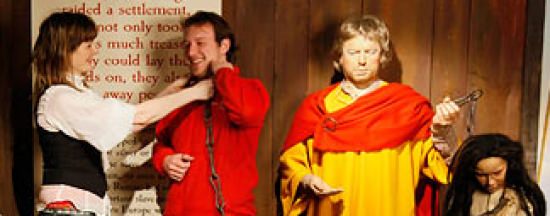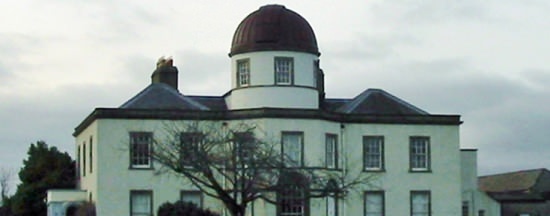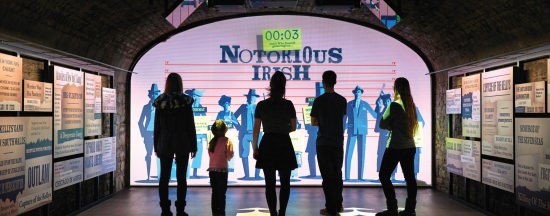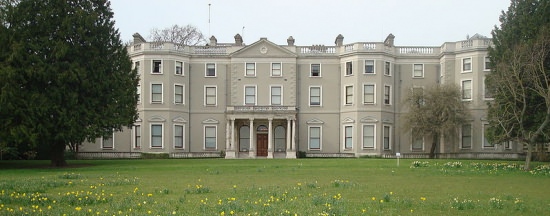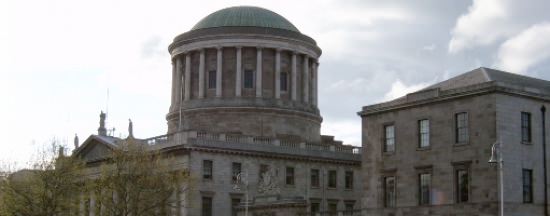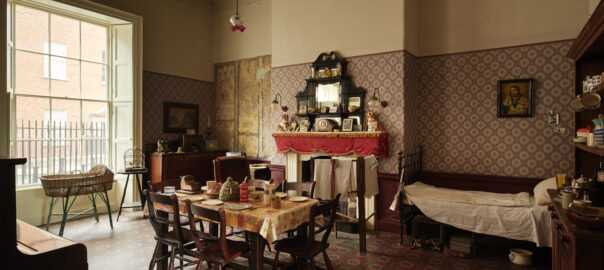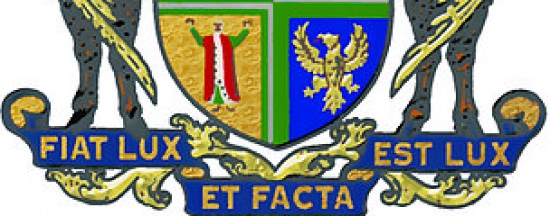Dublin Civic Trust’s former headquarters is the only surviving Georgian building on historic Castle Street. Now fully restored to its former glory, this handsome merchant town house and shop is one of the last buildings of its type and period in Dublin to remain intact, and was until recently home to the Dublin Civic Trust’s offices and exhibition centre. No. 4 Castle Street is now in private hands.
Established in 1992 as an educational trust with charitable status, the Trust is an independent organisation that works to recognise and protect the city’s architectural heritage. It is dedicated to the principles of building identification, sensitive repair with minimal intervention, and the appropriate use of the city’s historic building stock.
Through conservation courses and seminars, the Trust educates the public about the resource value of period buildings. It promotes best practice for the repair and maintenance of historic buildings. It campaigns for the sensitive development and enhancement of Dublin’s historic city core in a manner that maximises the unique and irreplaceable resource value of Dublin’s historic building stock, streets and spaces.
The Trust produces major policy documents and undertakes consultancy work. It publishes the popular “Period Houses, A Conservation Guidance Manual”. Its series of books on the secondary streets of Dublin is also well regarded.
Since its establishment, the Trust has engaged in many projects relating to the built heritage of the city, including:
- Recording structures on many of Dublin’s principal and secondary streets, such as Henrietta Street, Capel Street, Dawson Street and Aungier Street
- Completely restoring five historic buildings (some in danger of demolition) through the Trust’s Revolving Fund; and reinstating additional buildings in conjunction with Dublin City Council
- Compiling Architectural Conservation Area policies/inventories for Dublin City Council – O’Connell Street & Environs, and Thomas Street & Environs in the Liberties
- Publishing historical and advisory leaflets on building typologies particular to residential streets in the Liberties area, and hosting lectures about caring for period homes
- Publishing many inventory and policy documents on built heritage (e.g. an Inventory of Dublin Historic Street Paving and Furniture)
- An evaluation of the historic core of Dublin as defined by its Georgian squares and major connecting commercial streets, commissioned by Dublin City Business Association.
Current projects of importance include an action plan for historic Thomas Street in The Liberties for Dublin City Council, with an emphasis on maximising its historic building stock; a study of the gable-fronted house tradition in Dublin of the 17th and early 18th centuries; and assessing options for saving a stretch of historic streetscape of North King Street that closes the vista of the north side of Smithfield.
Dublin Civic Trust regularly publishes books, pamphlets and information leaflets on the built heritage of Dublin. Its popular series of books on the secondary streets of Dublin brings the reader through the origins of each street, the history and architecture of their historic building stock, a full building inventory, and a vision for improvement. Other publications focus on specific topics of historical and architectural interest. You can buy these online.
Between 1992 and 2000, the Trust restored a number of historic buildings in the city – some of which were proposed for demolition – through the mechanism of a Building Conservation Revolving Fund. The Fund proved to be an innovative and cost effective method of saving and restoring endangered historic buildings in the city.
In total, five properties were restored by the Trust (Number 10 and 11 South Frederick Street, No. 21 Aungier Street, No. 4 Castle Street). The Trust was instrumental in saving further properties in conjunction with Dublin City Council such as the former City Weights and Measures on Harry Street and the rare mews buildings of Numbers 14 and 15 St. Stephen’s Green. The positive effects of the Fund went well beyond individual buildings, stimulating further improvements in key city centre streets such as South Frederick Street and Andrew Street.
To read a detailed account of the restoration of No. 4 Castle Street, see http://dublincivictrust.ie/building-projects/4-castle-street
Contact:
dublincivictrust.ie
[email protected]
Tel: 01 874 9681
18 Upper Ormond Quay, Dublin 7
